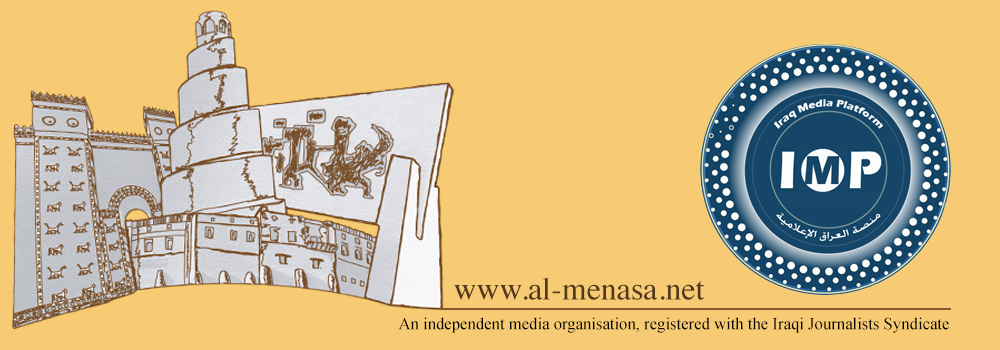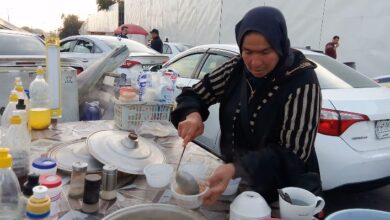4,500 YEARS OLD: Once the equivalent of today’s latest Playstation offerings, this ancient Iraqi game is making a comeback

Archaeologist Amer Abdul-Razaq, who is also director of his local museum in the southern Iraqi city of Nasiriyah, is gathering some of the young people who live here. He wants to teach them an ancient game, one that is more than 4,500 years old, once a popular game in the city of Ur, capital of the Sumerians, from the 4th millennium BCE onwards.
By Murtada al-Hudoud
At that time, this game was like the most popular video games are today, Abdul-Razaq says. It was played for entertainment and it required focus and helped develop one’s mental abilities.
Modern Iraq found out about the game in 1922 when British archaeologists excavated it as they worked on unearthing a royal cemetery in Ur.
The board, with various pieces and dice, was taken to a British museum in London without the locals’ knowledge; they were not asked permission. The original board was studded with gemstones and measured 50 centimetres by 25 centimetres.
It took experts around 50 years to work out the actual rules of the Ur game. These had been found carved into a clay tablet that was discovered alongside the board game.
The Ur game is similar to modern backgammon and is played by two people, who each throw the dice and use the numbers thrown to calculate where to move their tokens next. The game has several boxes and shapes on the board between which the tokens can be moved. There are 20 boxes in all hence the name, “the game of 20 squares”. The game is also known as “the royal game of Ur”.
Abdul-Razaq’s own museum has a wooden version of the game on display. In Britain, the game has been painted onto the museum floor and an electronic version was also made for promotional purposes, Abdul-Razaq says.
The game requires both strategic thinking and intelligence, he notes. “It really demonstrates the intellectual level of the Sumerian civilization,” he suggests.
One young local man, Amer, is so enthusiastic about the game that he wants to teach more young people to play and really revive this tradition. He is coordinating with local craftsmen to make less expensive wooden versions that can be played in local cafes.
“The Ur game, with its unusual shapes and its beautiful wooden pieces and drawings, reveals a little of what the world of the Sumerians must have been like,” Amer explains the attraction. “And if the game spreads and young people learn it, it will be the oldest game in Iraq’s history” he concludes happily.




